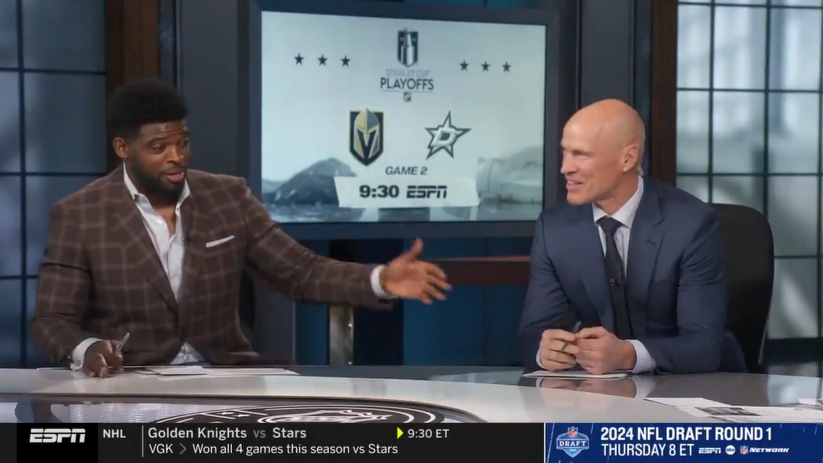Jim Brady published his final column as ESPN public editor last week, and he covered a whole bunch of ground, touching on ESPN’s reputation as too “political,” the network’s lack of transparency on subjects such as its Sean Miller/Arizona reporting and the quality of the journalism produced in Bristol.
But the passage that most caught our eye concerned the most polarizing man in sports, LaVar Ball. Brady brought up Ball as part of a recommendation that ESPN “engage better with consumers,” and his argument underscores a fascinating debate about who media outlets should be serving and what it means to give reachers/viewers/listeners what they want.
It’s complicated for a company the size of ESPN to maintain close ties to its millions of consumers. But I also don’t sense that ESPN has truly tried to provide engagement opportunities for its consumers. As with many legacy media brands, ESPN’s engagement with its community feels more tangential than essential. This opening has been expertly exploited by sites such as Deadspin, Bleacher Report and Barstool Sports, where engagement and connection sit front and center, not as afterthoughts. Research shows that younger consumers are more likely to do business with companies they have some emotional connection to, which makes ESPN’s arm’s-length relationship with its consumers not just a cultural challenge but potentially a financial one.
[…]
No more LaVar Ball (or whatever the obsession of the moment is): I get it, Ball stories are traffic and ratings gold. But media obsessions always run the risk of alienating thousands of core consumers at the expense of millions of drive-by gawkers. The complaints about LaVar Ball coverage — and that of Tim Tebow before — have been almost as plentiful as, well, LaVar Ball stories. And as ESPN increasingly moves toward an unbundled world, it’ll need to do whatever it can to serve the fans who pay for its products, and tracking Ball across the globe — yes, ESPN actually had a reporter in Lithuania covering the Ball family — strikes me as a distraction from what most fans want.
There’s a pretty good chance that you read that passage, nodded along and pumped your fist. For a whole bunch of sports fans (this writer included), LaVar-mania has gone drastically overboard, with a far disproportionate amount of attention being paid to the father of a so-so rookie point guard. To that crowd, ESPN’s decision to send Jeff Goodman to Lithuania to trail LaVar was insane and USA Today’s creation of a Ball-centric site called Lonzo Wire seemed outrageous.
But there’s something odd about Brady suggesting ESPN build a connection to younger audiences, acknowledging that the Ball family drives traffic, then recommending ESPN go in another direction. If consumers are happily clicking on Ball-related content, isn’t the best way to engage with them to keep delivering Ball-related content? When Brady writes that the Balls are “distraction from what most fans want,” is he really speaking for most fans, or is he speaking only for a certain type of fan?
We don’t know the answers to those questions, but we do know that a significant segment of the ESPN audience truly likes the Balls and that another segment is at least interested in them. If that weren’t the case, the Ball family’s Facebook Watch show wouldn’t get more than a million viewers per episode. Those young fans that Brady suggests ESPN should court? They eat up Ball content. ESPN anchor Elle Duncan told me recently that if she makes fun of Lonzo on SportsCenter’s Snapchat show, young fans will come after her, telling her to leave the rookie alone. “They love them some Lonzo Ball,” she said.
Brady, meanwhile, cites a comment from Bleacher Report founder Dave Finocchio about his company having a “peer-to-peer voice” and connecting with young people “like they’re texting their friends.” Well part of that, for Bleacher Report, has been a willingness to cover the Balls the way teenagers want them to be covered.
Of course, there is such thing as “too much,” and ESPN can be at least as guilty of over-covering a story as anyone. It’s certainly fair to argue that ESPN, along with many other outlets, has overdosed on Balls and would be wise to tamp back. But it’s also worth considering that to engage with consumers, you sometimes have to give them what they want, not what you think they should want.
[ESPN]







